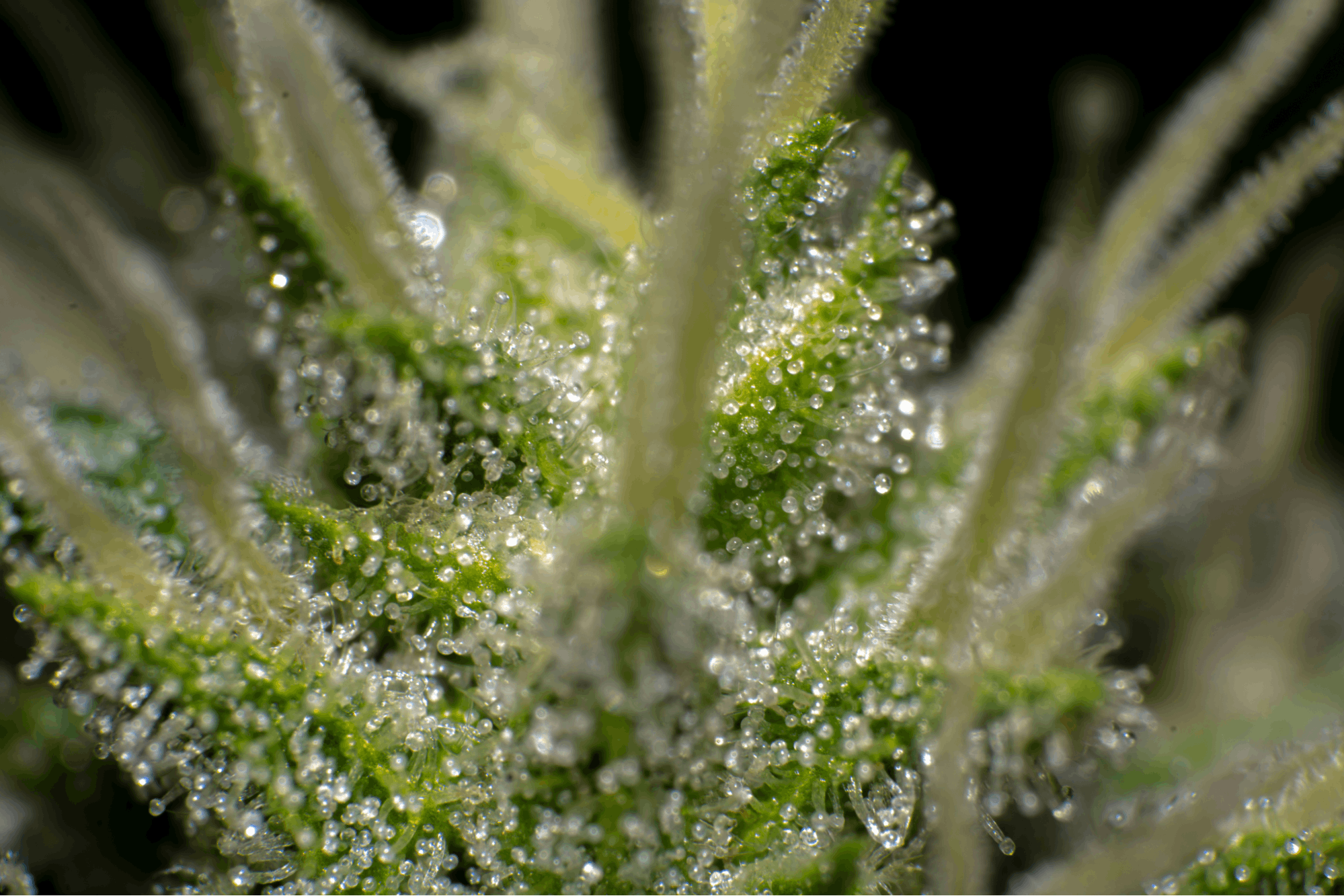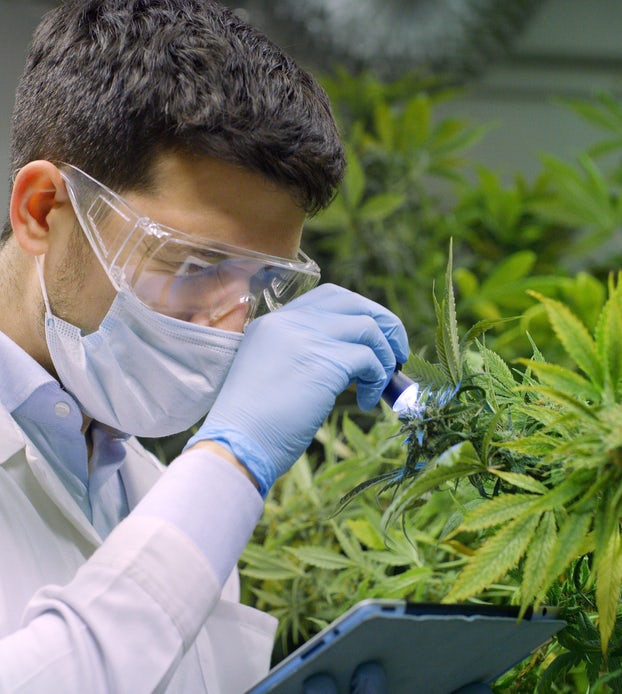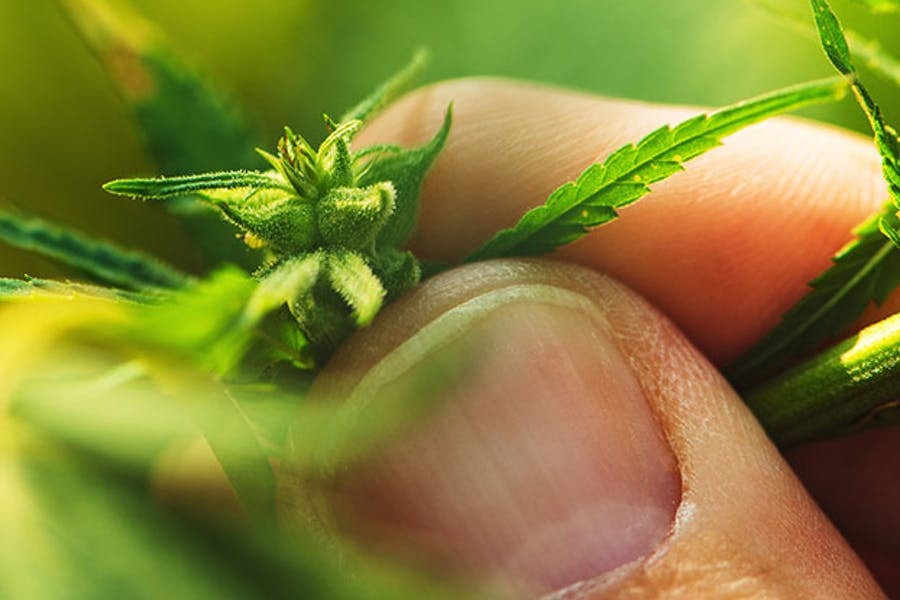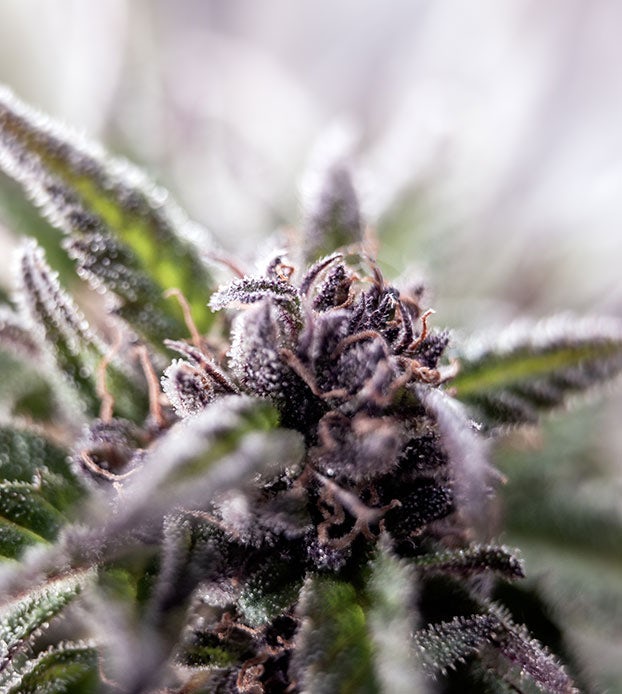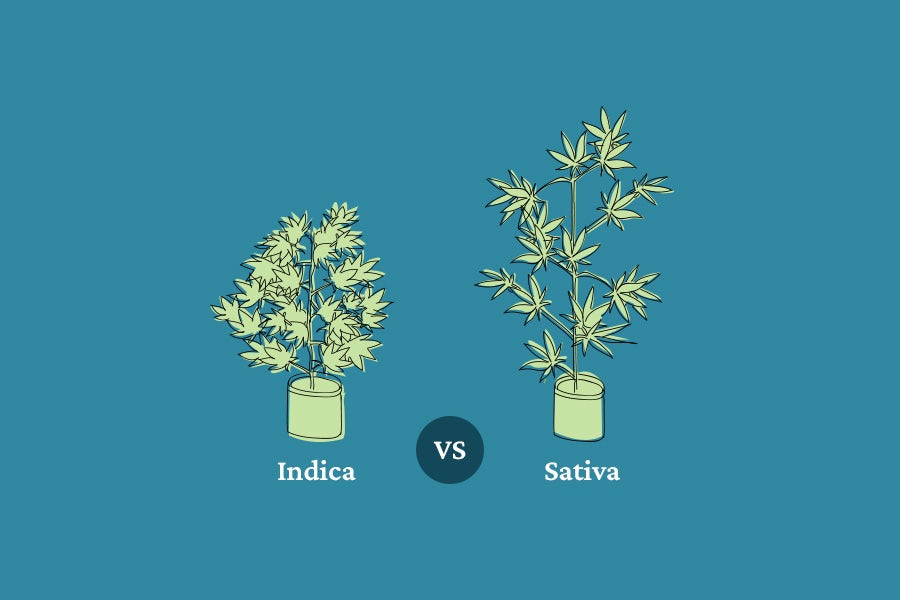Hemp could be a vital life line for bee populations struggling in nutrient scarce environments, and can support at least 16 different species of bees, according to a recent study.
Titled “The Bee Community of Cannabis sativa and Corresponding Effects of Landscape Composition,” the study found that while hemp doesn’t produce nectar, it “produces an abundance of pollen during a period of floral dearth in agricultural landscapes,” meaning it has the potential “to sustain agroecosystem-wide pollination services for other crops in the landscape.”

The researchers, whose study appeared in the February issue of Environmental Entomology, found that hemp supports 16 different species of bees.
While the phenomenon of “colony collapse” appears to have abated somewhat, it is difficult to overstate the importance of bees to the environment and the sustainability of our food sources. Around 84% of crops grown for human consumption depend on pollination by bees and other insects, and bees are responsible for pollinating countless fruits and berries eaten by a wide variety of birds and mammals, forming a key component to the food chain.
The report also examines the nutritional stress caused to bee communities by the loss of habitat due to agricultural land use change, and that in such areas “industrial hemp offers a unique floral resource to bees.”
This is because hemp flowers late in the summer, “releasing an abundance of pollen during a period of native and agricultural floral dearth,” according to the study.
They found that the height of the hemp plant was of particular importance, and that it “was strongly correlated with bee species richness and abundance for hemp plots with taller varieties attracting a broader diversity of bee species.”
In addition, they found that hemp plants located in areas with moderate agricultural cover were more likely to support a more abundant population of crop pollinators and “the number of wild bees visiting hemp declined as the proportion of agricultural cover in the landscape increased.”
Data for the study was collected in the summer of 2018 at 11 hemp farms in the Finger Lakes region of New York. The researchers visited each site on four separate occasions for 20 minutes each, using dry ice to freeze and capture bees spotted visiting hemp flowers. Each of the 355 bees captured by the researchers were cataloged, and they constitute a total of 16 different species of bees.
Hemp’s ability to support bee populations means that growers and policy makers should “consider risks to bees as pest management practices are developed for this crop,” the study’s authors conclude.
Sign up for bi-weekly updates, packed full of cannabis education, recipes, and tips. Your inbox will love it.

 Shop
Shop Support
Support
